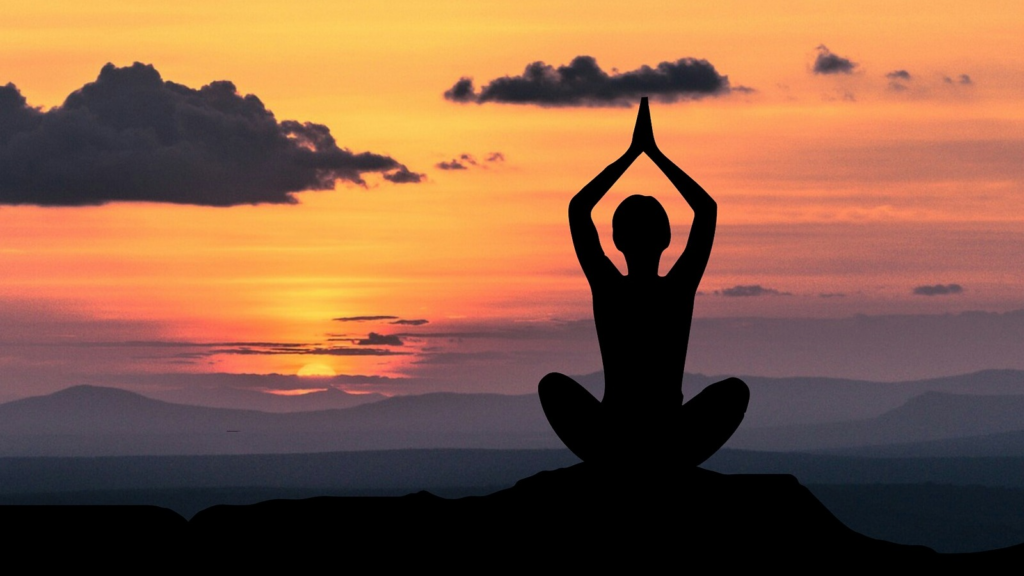In the chaos of modern life, amidst the cacophony of responsibilities and distractions, finding inner peace can feel like an elusive dream. Yet, within each of us lies the potential to cultivate a sense of tranquility and serenity—a journey that begins with mindfulness and meditation. In this article, we embark on a quest to explore the transformative power of these ancient practices, uncovering the secrets to finding inner peace and reclaiming harmony in our lives.
Embracing Mindfulness: The Art of Present-Moment Awareness
At its core, mindfulness is the practice of paying deliberate attention to the present moment, without judgment or attachment. It invites us to fully immerse ourselves in the richness of each experience, whether it be the taste of a delicious meal, the feel of the sun on our skin, or the rhythm of our breath. By cultivating mindfulness, we learn to break free from the grip of past regrets and future worries, anchoring ourselves in the here and now with a sense of clarity and equanimity.
The Power of Meditation: Cultivating Stillness Within
Meditation is the cornerstone of mindfulness practice, offering a sanctuary of stillness amidst the whirlwind of thoughts and emotions. Whether through focused attention, loving-kindness, or body scan techniques, meditation provides a pathway to inner peace and self-discovery. With regular practice, we learn to quiet the chatter of the mind, unraveling the layers of conditioning and habitual patterns that obscure our true essence.
The Science of Mindfulness: Unveiling the Benefits
Beyond its ancient roots, mindfulness has garnered attention in the scientific community for its myriad health benefits. Research suggests that regular mindfulness practice can reduce stress, anxiety, and depression, while improving attention, emotional regulation, and overall well-being. Moreover, mindfulness has been shown to enhance immune function, promote resilience, and even slow the aging process, making it a powerful tool for optimizing both mental and physical health.
Incorporating Mindfulness into Daily Life: Tips and Strategies
While the concept of mindfulness may seem abstract, incorporating it into our daily lives is surprisingly simple. From mindful eating and walking to body scan exercises and breath awareness, there are countless ways to infuse mindfulness into our daily routines. By approaching each moment with curiosity and openness, we can transform mundane activities into opportunities for presence and self-discovery.
Cultivating Compassion: Extending Kindness to Ourselves and Others
At the heart of mindfulness lies compassion—a deep wellspring of kindness and understanding that flows from within. As we cultivate mindfulness, we also cultivate compassion, extending kindness to ourselves and others with each breath. By embracing our imperfections and vulnerabilities with gentleness and acceptance, we create a fertile ground for healing and transformation, fostering deeper connections and a sense of shared humanity.
FAQs (Frequently Asked Questions)
- How do I know if mindfulness and meditation are right for me? Mindfulness and meditation are accessible to people of all ages and backgrounds, regardless of religious or spiritual beliefs. If you’re seeking greater clarity, peace, and resilience in your life, mindfulness and meditation may be beneficial for you.
- What if I find it difficult to quiet my mind during meditation? It’s normal to experience racing thoughts or distractions during meditation, especially when starting out. The key is to approach meditation with patience and non-judgment, gently guiding your focus back to the present moment whenever your mind wanders.
- How long does it take to experience the benefits of mindfulness and meditation? While some people may experience immediate benefits from mindfulness and meditation, such as increased calmness or clarity, the full benefits often unfold gradually over time with consistent practice.
- Can I practice mindfulness and meditation on my own, or do I need a teacher? While it’s possible to practice mindfulness and meditation on your own using online resources or books, many people find it helpful to learn from a qualified teacher or attend guided meditation sessions to deepen their practice and receive personalized guidance.
- Are there different types of meditation, and how do I choose the right one for me? There are many different types of meditation, from focused attention to loving-kindness to body scan techniques. Experimenting with different approaches can help you discover which resonates most with you and meets your specific needs and preferences.

